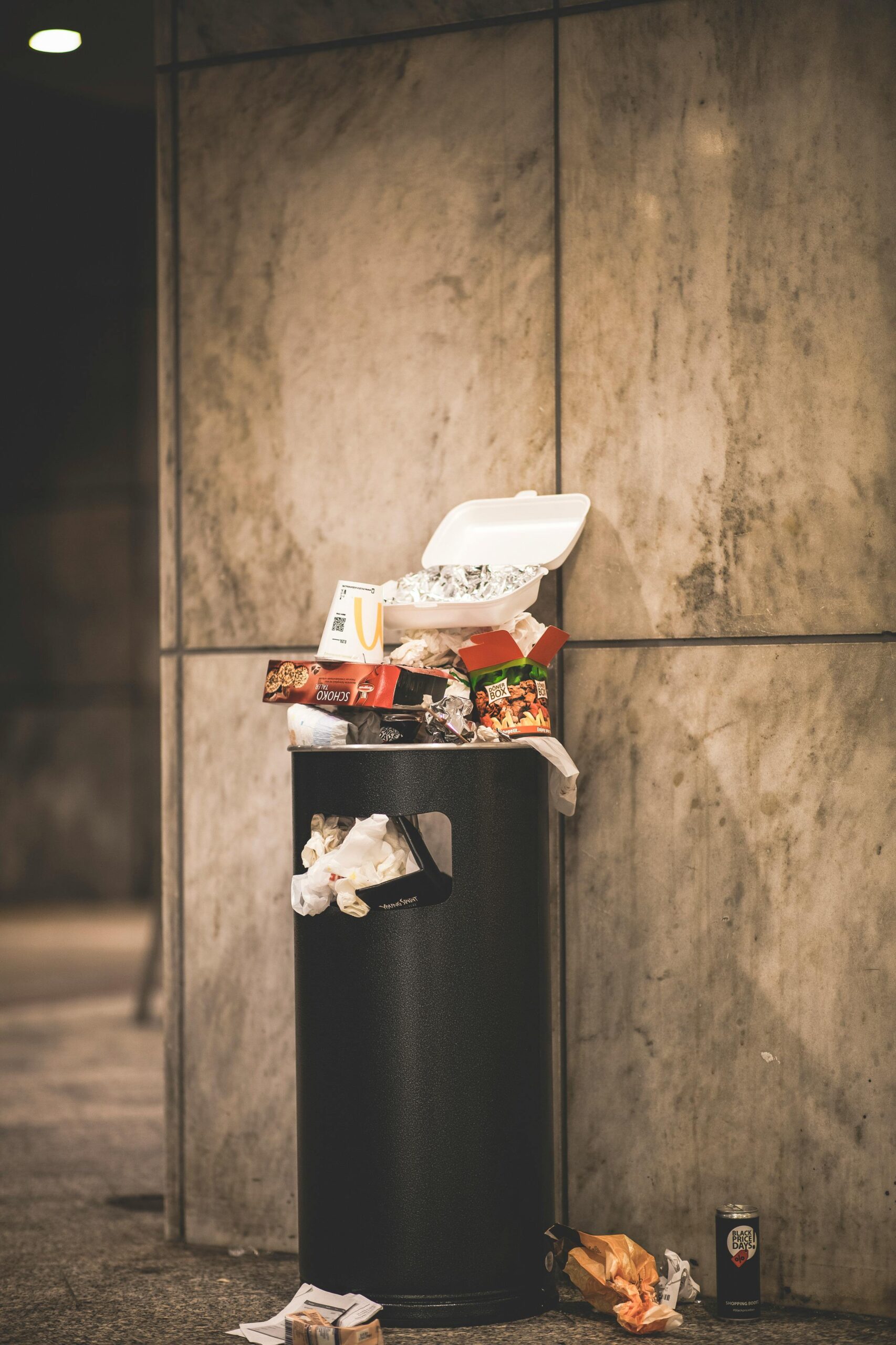Waste management begins at the most basic level—with the containers we use to collect trash. Among these are commonly used items like wastebins, wastepaper baskets, and litter baskets. Though often used interchangeably, each serves a specific purpose and is designed for a distinct environment or type of waste. Understanding their differences can help individuals, businesses, and institutions adopt more efficient waste disposal practices.
What is a Wastebin?
A wastebin is a general-purpose container designed to collect a variety of waste materials. Wastebins are typically found in homes, offices, public places, and industrial settings. They are made from different materials such as plastic, metal, or stainless steel, and are available in various sizes.
Most wastebins are intended for mixed waste, which includes food scraps, packaging, and other non-recyclable items. Some come with lids to contain odors and prevent pests. Others are separated by color or label to promote recycling or composting.
Common Features of Wastebins:
- Durable construction to hold different types of waste
- Optional lids or foot pedals for hygiene
- Varied sizes for domestic or commercial use
- Often used with liners or garbage bags
The Role of Wastepaper Baskets
A wastepaper basket, sometimes simply called a paper bin, is designed specifically for dry waste—particularly paper products. These are most commonly found in offices, classrooms, libraries, and other indoor environments where paper usage is high.
Unlike general wastebins, wastepaper baskets typically do not have lids and are smaller in size. Their open design and limited capacity reflect their purpose: to dispose of lightweight, non-contaminated materials like notes, receipts, and discarded printouts.
Key Characteristics:
- Open-top design for easy access
- Smaller size suited to indoor use
- Intended for dry, paper-based waste only
- Often placed beside desks or in corners of office rooms
Litter Baskets in Public Spaces
Litter baskets are designed for outdoor use and are found in public areas like parks, streets, and transit stations. Their primary function is to provide a convenient spot for pedestrians to dispose of small trash items such as food wrappers, tissues, or empty bottles.
These baskets are built to withstand outdoor conditions and discourage vandalism. They often include features such as secure lids, weighted bases, or mesh designs that allow for drainage and airflow.
Typical Features of Litter Baskets:
- Weather-resistant materials
- Fixed placement for public convenience
- Often labeled for recycling or general waste
- Designed to prevent overflow and discourage animal interference
Summary of Differences
To clarify the distinctions, here’s a quick comparison of the three:
- Wastebin:
- General use
- Varies in size and design
- Used indoors and outdoors
- Suitable for all types of waste
- Wastepaper Basket:
- Specific to dry, paper waste
- Typically small and lidless
- Used indoors, mainly in offices or schools
- Litter Basket:
- Designed for public, outdoor use
- Durable and weather-resistant
- Helps maintain cleanliness in shared spaces
Importance of Choosing the Right Waste Container
Selecting the appropriate type of container plays a critical role in promoting cleanliness, recycling, and hygiene. For example, using a wastepaper basket for food scraps may result in odors or pest issues, while using a large wastebin in a small office might be impractical.
Proper waste segregation at the source helps reduce landfill volume and enhances the efficiency of recycling systems. It also encourages personal responsibility and environmental awareness in both public and private settings.
When selecting a waste container, consider the following:
- Type of waste generated
- Frequency of disposal
- Location and space constraints
Conclusion
While wastebins, wastepaper baskets, and litter baskets may appear similar, each has a unique role in our waste management ecosystem. Recognizing their differences allows for better waste handling, reduces environmental impact, and contributes to cleaner, more organized spaces. Whether managing an office, maintaining a public park, or organizing a home, using the right container for the right kind of waste is a simple yet impactful step toward sustainability.
